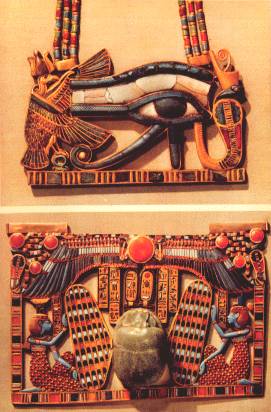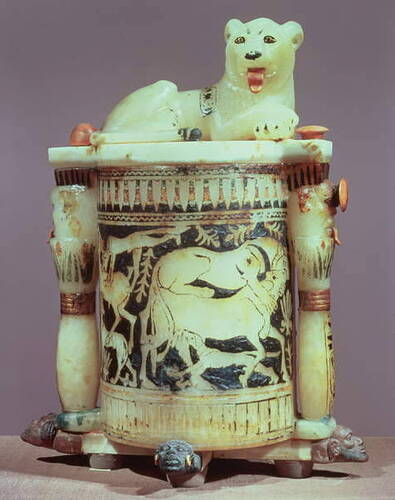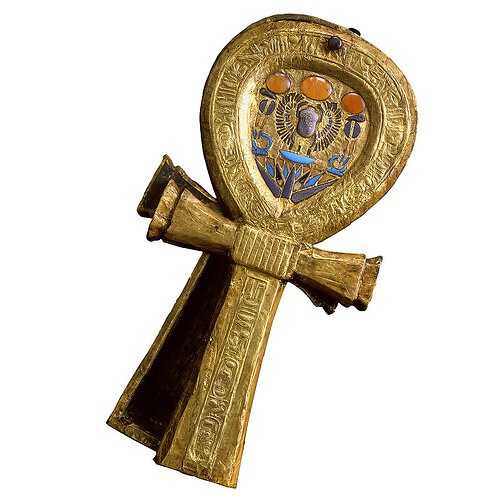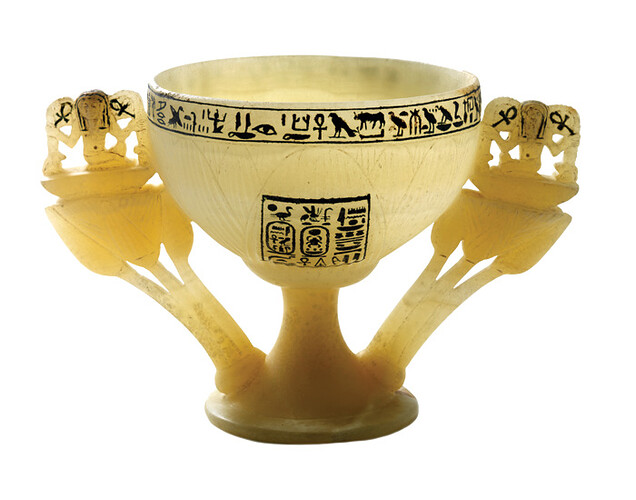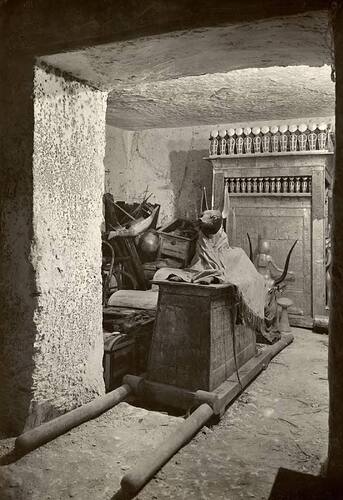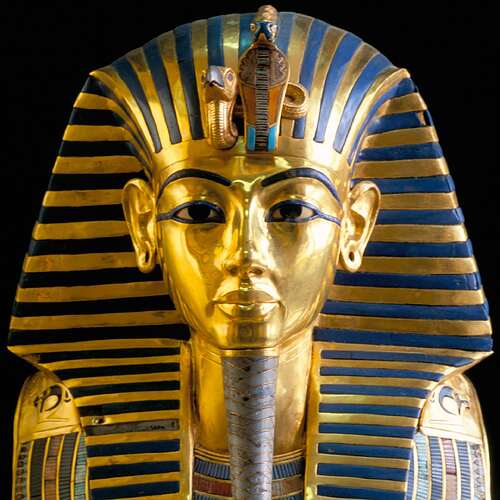The Griffith Institute - University of Oxford
‘Tutankhamun: Anatomy of an Excavation’ is the definitive archaeological record of Howard Carter and Lord Carnarvon’s discovery of the tomb of Tutankhamun.
On November 5th 1922, Howard Carter wrote in his pocket diary: ‘Discovered tomb under tomb of Ramsses VI investigated same & found seals intact.’ The subsequent excavation of the tomb of Tutankhamun captured the public imagination. The complete records of the ten year excavation were deposited in the Griffith Institute Archive shortly after Carter’s death by his niece Miss Phyllis Walker.
This material is published here with full and free access, providing a comprehensive online resource for all audiences, from scholars to school children. One of the pioneering websites in Egyptology and archaeology, it has been running for more than 15 years and owes its foundation to Dr Jaromir Malek, the former Keeper of the Archive. As technology evolves, new presentation methods are being developed to assist all users in navigating this incredibly valuable resource.
Saturday, November 4.
First steps of tomb found.
At about 10am I discovered beneath almost the first [ancient workman’s] hut attacked the first traces of the entrance of the tomb (Tut.ankh.Amen). This comprised the first step of the N.E. corner (of the sunken-staircase). Quite a short time sufficed to show that it was the beginning of a steep excavation cut in the bed rock, about four metres below the entrance of Ramses VI’s tomb, and a similar depth below the present level of the valley. And, that it was of the nature of a sunken staircase entrance to a tomb of the type of the XVIIIth Dyn., but further than that nothing could be told until the heavy rubbish above was cleared away.
Sunday, November 5.
Discovered tomb under tomb of Ramses VI
Investigated same & found seals intact.
It took the whole of the preceding day and most of this day to free this excavation before the upper margins of the staircase could be demarcated on its four sides. As first conjectured it proved to be an opening (about 4 ms x 1.60 ms) excavated in the bed-rock, with its W. end abutting against the rock slope of the small hillock in which Ramses VI had excavated his tomb. As the work proceeded we found that the western end of the cutting receded under the slope of the rock, and thus was partly roofed over by the overhanging rock.
Towards sunset we had cleared down to the level of the 12th step, which was sufficient to expose a large part of the upper portion of a plastered and sealed doorway. Here before us was sufficient evidence to show that it really was an entrance to a tomb, and by the seals, to all outward appearances that it was intact.
I examined this exposed portion of the sealed doorway and noticed that the only decipherable impressions of the seals were those of the well-known Royal Necropolis seal, i.e., Anubis (symbolizing a king) over nine foes.
With the evidence of these seals, and the fact that the workmen’s huts, which in all probabilities dated from the time of the construction of Rameses VI’s tomb, were built over the mouth of the entrance of this newly discovered tomb without apparently disturbing it, it was clear that its content would be undisturbed at least since the XXth Dyn.
The seal-impressions suggested that it belonged to somebody of high standing but at that time I had not found any indications as to whom. …
…Had I known that by digging a few inches deeper I would have exposed seal impressions showing Tut.ankh.Amen’s insignia distinctly I would have fervently worked on and set my mind at rest, but as it was, it was getting late, the night had fast set in, the full moon had risen high in the eastern heavens, I refilled the excavation for protection, and with my men selected for the occasion - they like myself delighted beyond all expectation - I returned home and cabled to Ld. C. (then in England) the following message:-
“At last have made wonderful discovery in Valley a magnificent tomb with seals intact recovered same for your arrival congratulations.”
